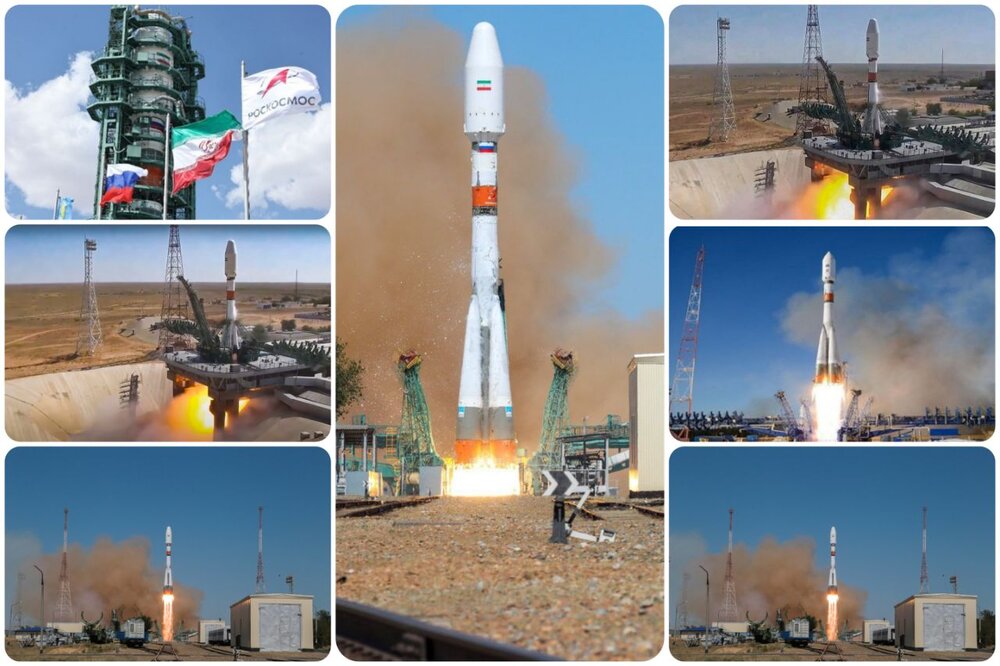Iran on path of development to enter space age: U.S. academic

TEHRAN - Iran has followed the path of development to enter the space age by placing the Khayyam satellite into orbit, U.S. academic and author Marsha Freeman has said.
The satellite will make huge contributions to the country’s science and technology fields as it can enhance digital communications, she stressed.
The topographic maps provided by the satellite can provide the basis for improved digital communications in the country. Iran’s Space Organization launched the Khayyam satellite with a wide range of environmental functions on August 9. Named after Persian polymath Omar Khayyam (1048 – 1131), the satellite was put into orbit by a Russian Soyuz rocket from the Baikonur space station in Kazakhstan.
“Omar Khayyam (1048-1131) was a Persian polymath, that is, a person who has a broad knowledge or learning, and was known globally for his contributions to mathematics, astronomy, philosophy, and poetry. Similarly, the satellite which bears his name will make contributions to many fields of science and technology,” Freeman, who has authored hundreds of articles on space programs, told Press TV.
She noted that the topographic maps provided by the satellite can “facilitate the planned extension of Iran’s railway network and will also provide the basis for improved digital communications in the country.”
With remote-sensing applications, the satellite will send high-quality pictures four times a day for use in environmental and agricultural research and monitoring of water resources, according to Iran’s Space Organization.
The maps and data will be used for improving agricultural productivity, enhanced monitoring of Iran’s water resources, managing natural disasters, supervising development projects under construction, observing environmental hazards, monitoring mines and relevant excavations, and keeping a close watch on the country's borders.
Iran's Space Organization received the first telemetry data sent from the "Khayyam" satellite hours after the launch.
The satellite was launched at the velocity of 7.6 kilometers per second and was placed into an LEO orbit 500 kilometers above the earth’s surface some 480 seconds after the blast-off.
MG
Leave a Comment